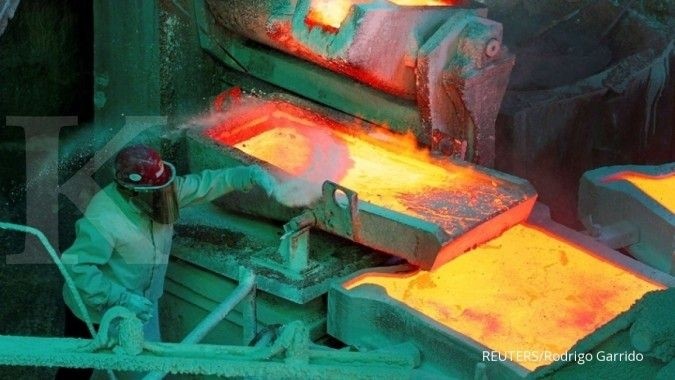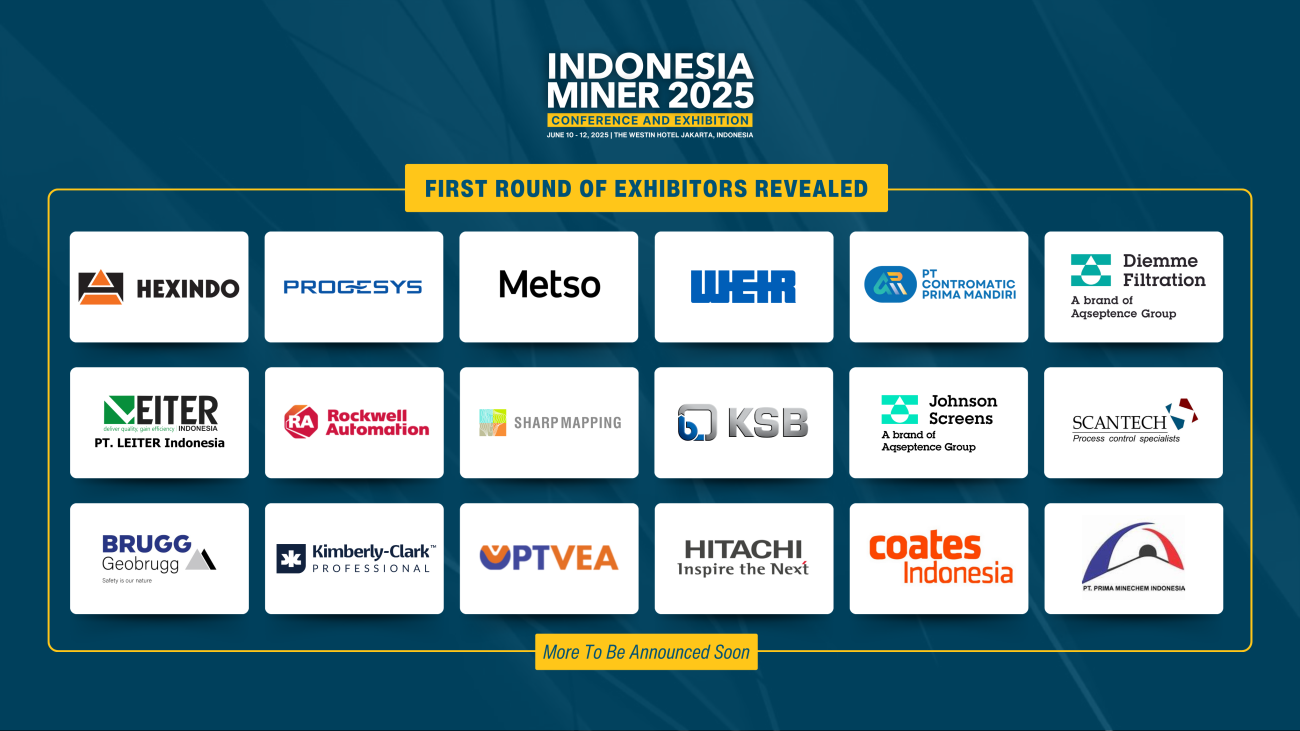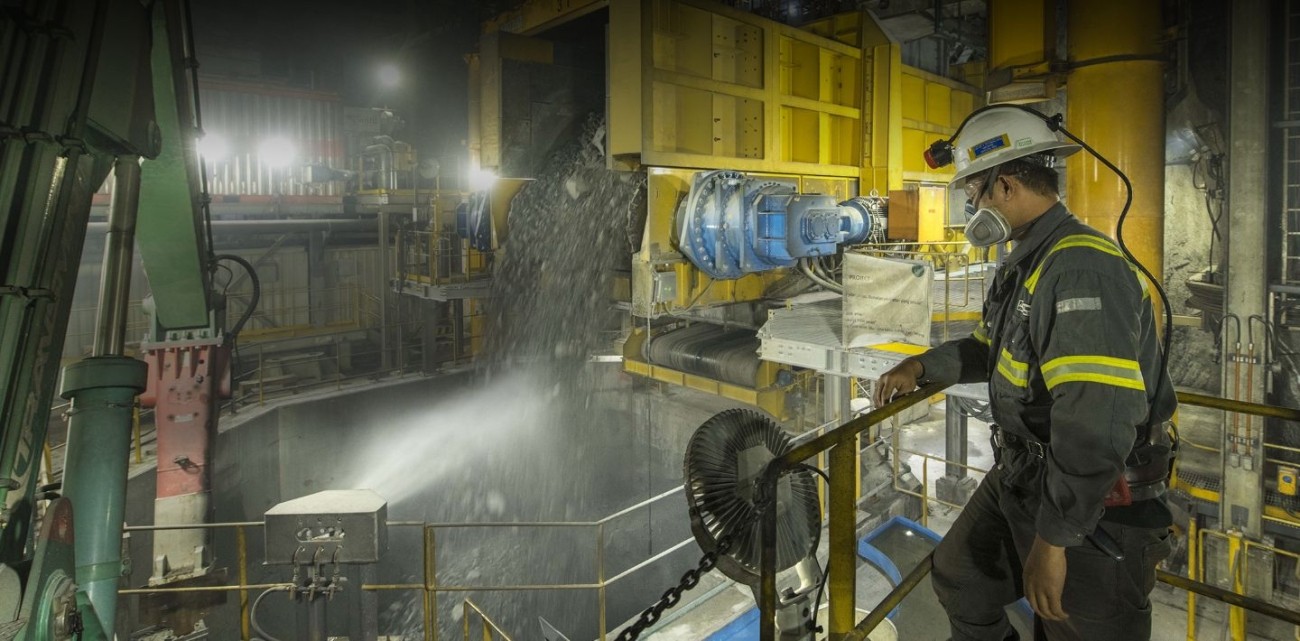Acting Executive Director of the Indonesia Mining Association (IMA), Djoko Widajatno suggested that the Government continue to implement a moratorium on copper concentrate exports in the middle of the year because this is a mandate of the law.
"In Law (UU) No. 3 of 2020, in addition to mandating there is added value as well as conservation and exploration to increase reserves to be processed so that there is sustainability. The principle is to meet the Sustainable Development Goals (SDGs)," he explained to Kontan.co.id, Wednesday (11/1).
Djoko did not deny that at the beginning of the implementation of the ban on concentrate exports, there would be an impact on the country's balance sheet. However, he said the government has certainly thought about balancing between the interests of industry and the state.
He stated that the reason why the government encouraged a moratorium on copper concentrate exports was because according to data from the Ministry of Industry (Kemenperin), the development of basic industries was going very slowly.
"According to the Ministry of Industry, it has been the last 10 years that the growth has only been 10% so that the basic industry needs to be encouraged and thought about with relevant agencies," he said.
Djoko emphasized that basically investment in mining wants to build basic industrial needs based on commodities owned by Indonesia.
This means that all downstream mining products will be absorbed by downstream industries made in the country so as to provide added value and have an impact on increasing state revenue. Automatically this will create jobs for the Indonesian people.
Mineral downstreaming has actually been stated in the National Medium-Term Development Plan.
In the National Industrial Development Master Plan (RIPIN) of the Ministry of Industry, the copper industrial tree that will produce copper cathodes will be utilized to meet the needs of electric vehicles and new and renewable energy (EBT) power cable networks. However, meanwhile, the downstream offtaker industry of copper cathodes is still limited.
However, according to Djoko, for copper cathode products that have not been absorbed into the country, entrepreneurs can still sell them abroad because the products are already in the form of processed mineral materials.
Just so you know, Indonesia will experience an oversupply of copper cathodes in 2025. The domestic smelter will produce up to 1.1 million tons of copper cathodes from the PTS-Gresik smelter, the Amman Mineral smelter which will be effective in 2024 and the PT Freeport Indonesia (PTFI) smelter.
Although copper cathode production is already moncer, domestic demand for copper cathodes will only reach 300,000 tons in 2025, so there is an excess of 70% copper cathodes.
Although this demand is projected to continue to increase until 2040 to around 1 million tons, there will still be an excess of cathodes from within the country.
Rachmat Makkasau, President Director of Amman Mineral Nusa Tenggara, explained that the projected demand for copper cathodes in Indonesia until 2039 is still below the total available production capacity. Therefore, said Rachmat, there is no problem in terms of supply to the country.
"This is an opportunity for us, especially the downstream industry, to see and develop the derivative industry," he said, on Tuesday (12/13/2022).
AMNT is currently building a copper cathode smelter in Benete, West Sumbawa Regency, West Nusa Tenggara (NTB). As of October 2022, the realization of development has reached 47% and is projected to be operational by the end of 2024. The smelter will produce 222,000 copper cathodes.
Rachmat admitted that standby buyers from his smelter production from within the country are easy to find and there are no problems. As for the copper cathode, which cannot be absorbed domestically, it will certainly be exported.
"(The excess) is all exports, probably yes. What is certain is that if it is not absorbed in the country, it will be exported," he said.
Rachmat revealed that the demand for copper cathodes in the world will continue to increase in line with the energy transition agenda. He pointed out that for the development of electric vehicles, copper cathodes are needed 3 times to 5 times more than copper for oil-fueled vehicles (BBM).
Image source: REUTERS/Roddrigo Garrido









